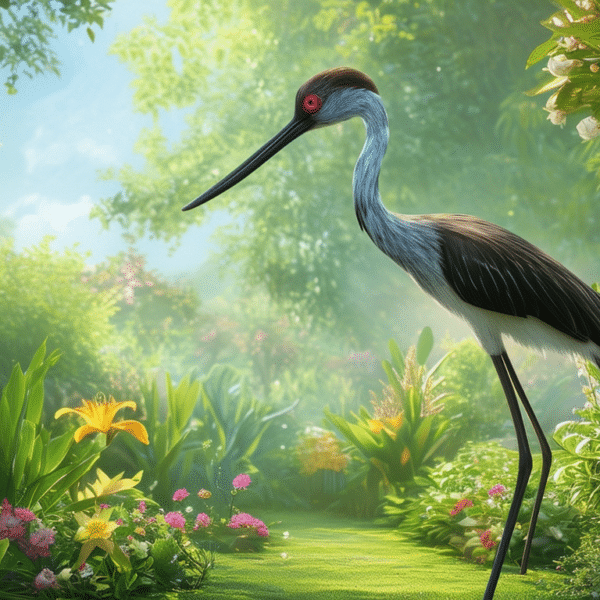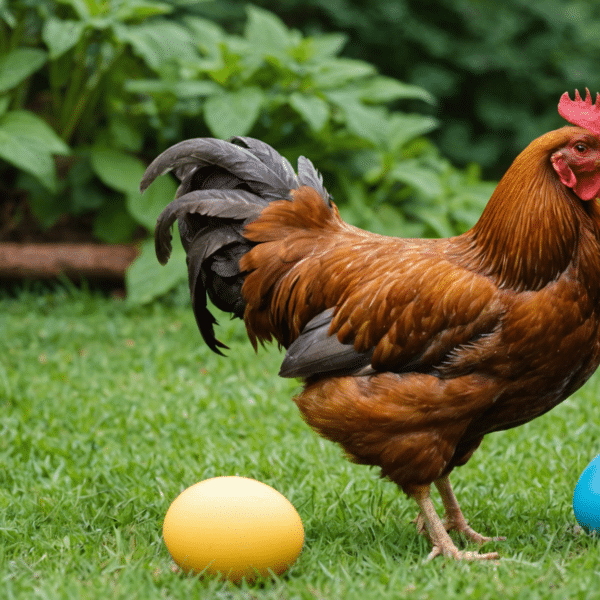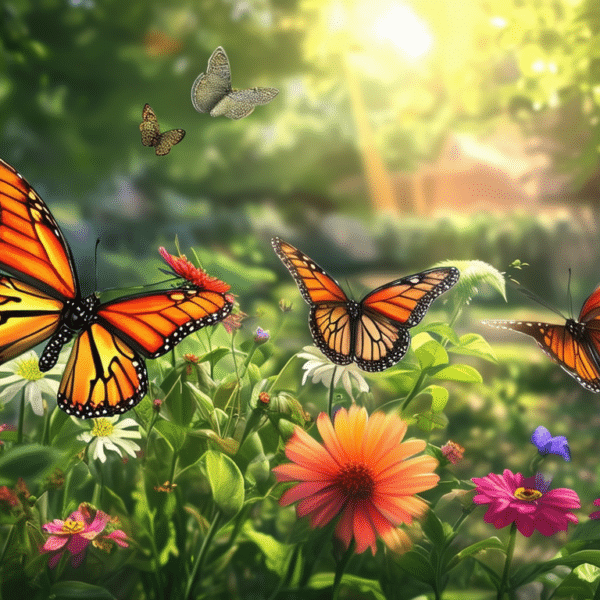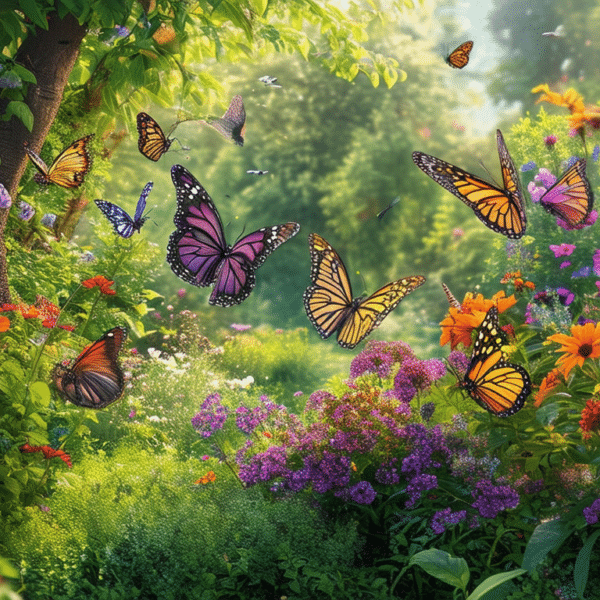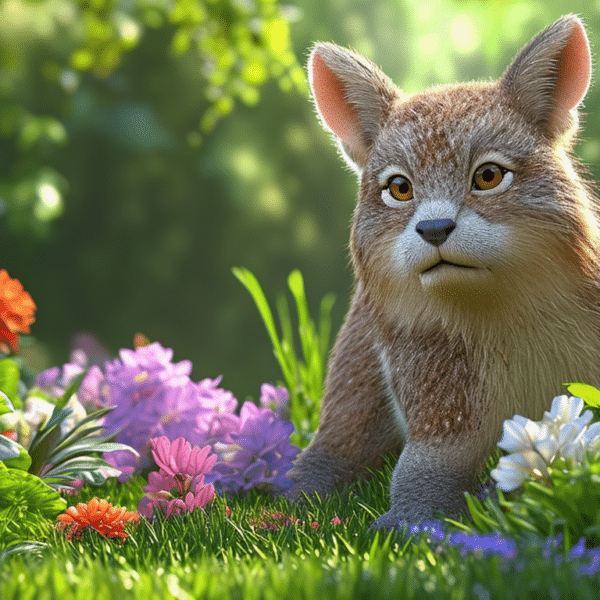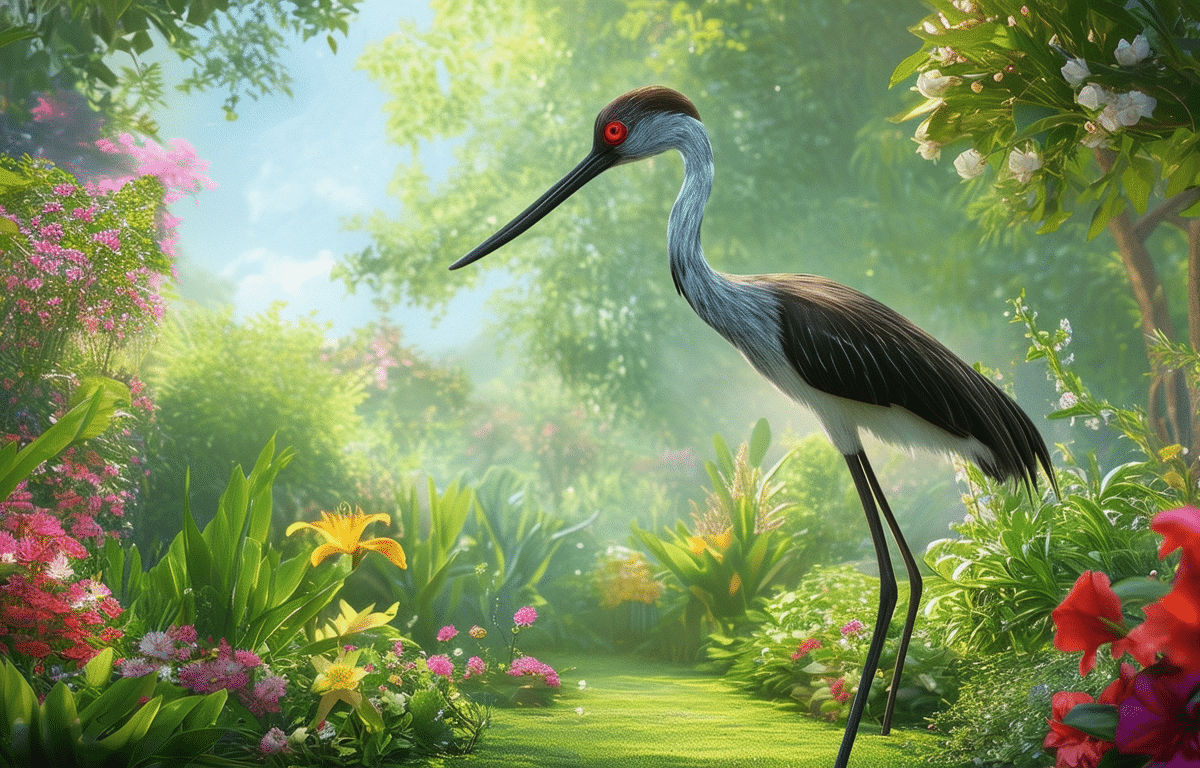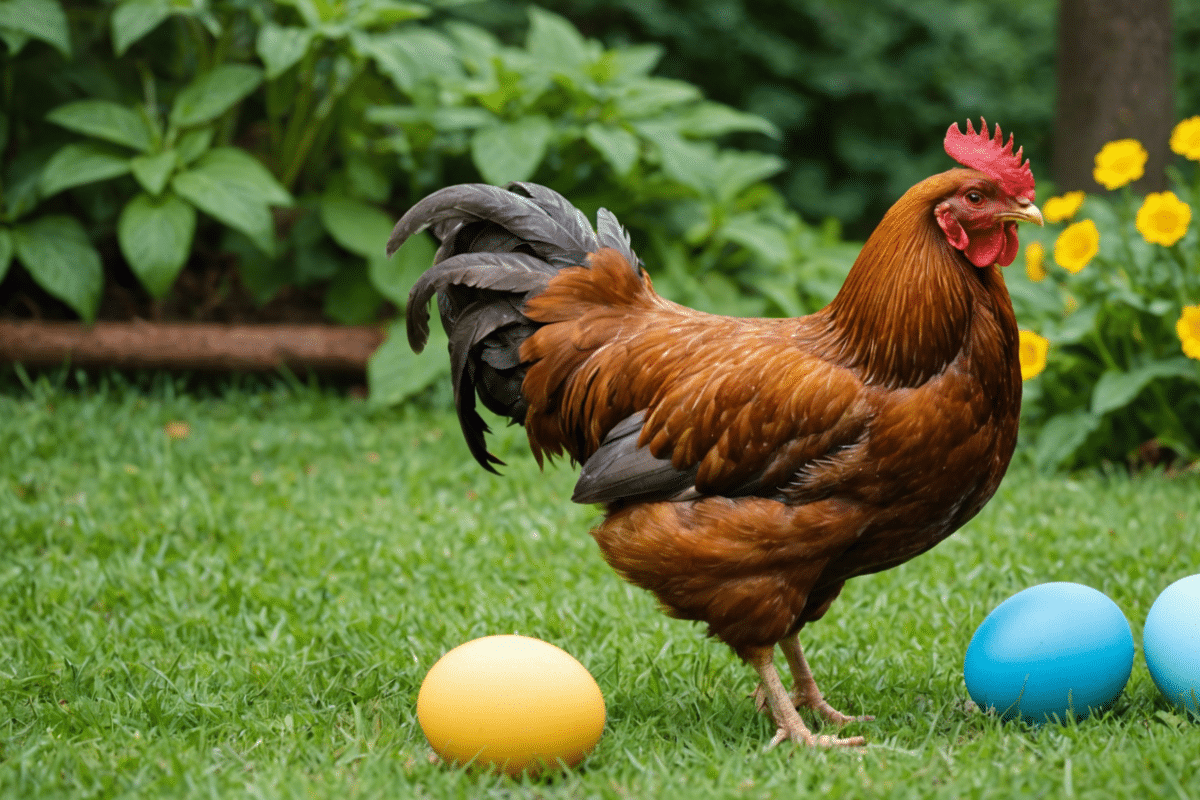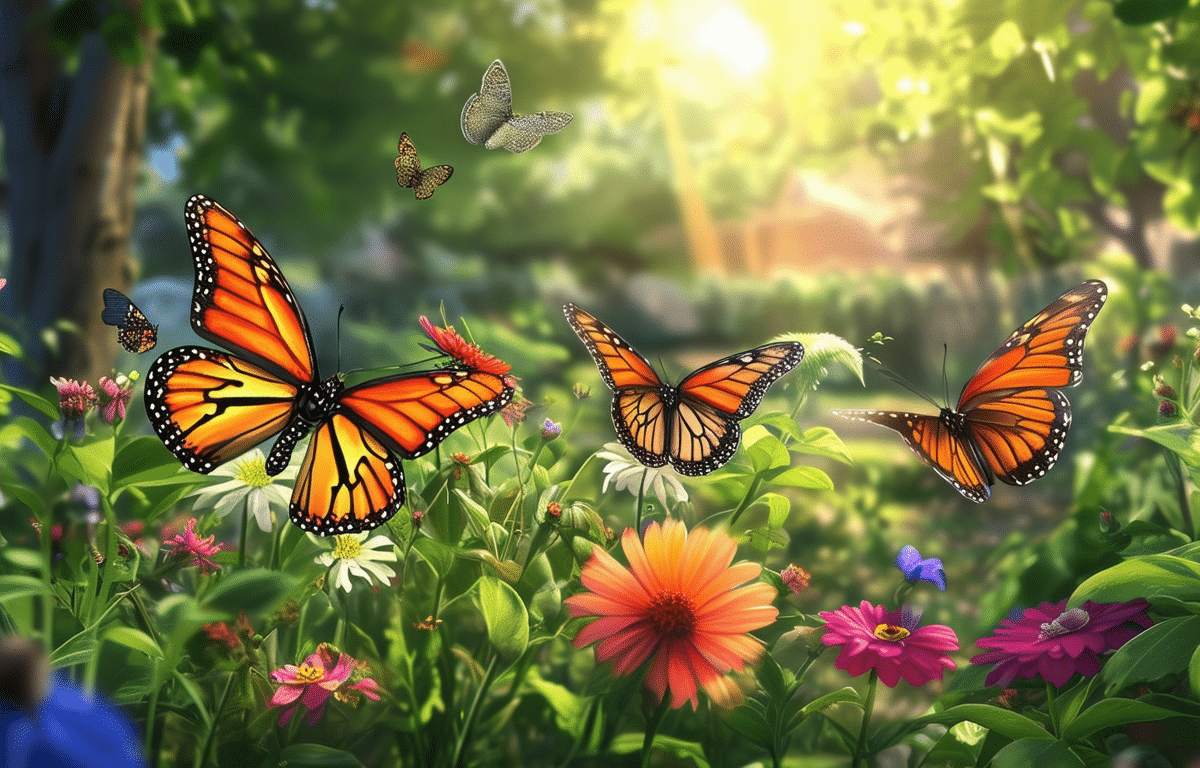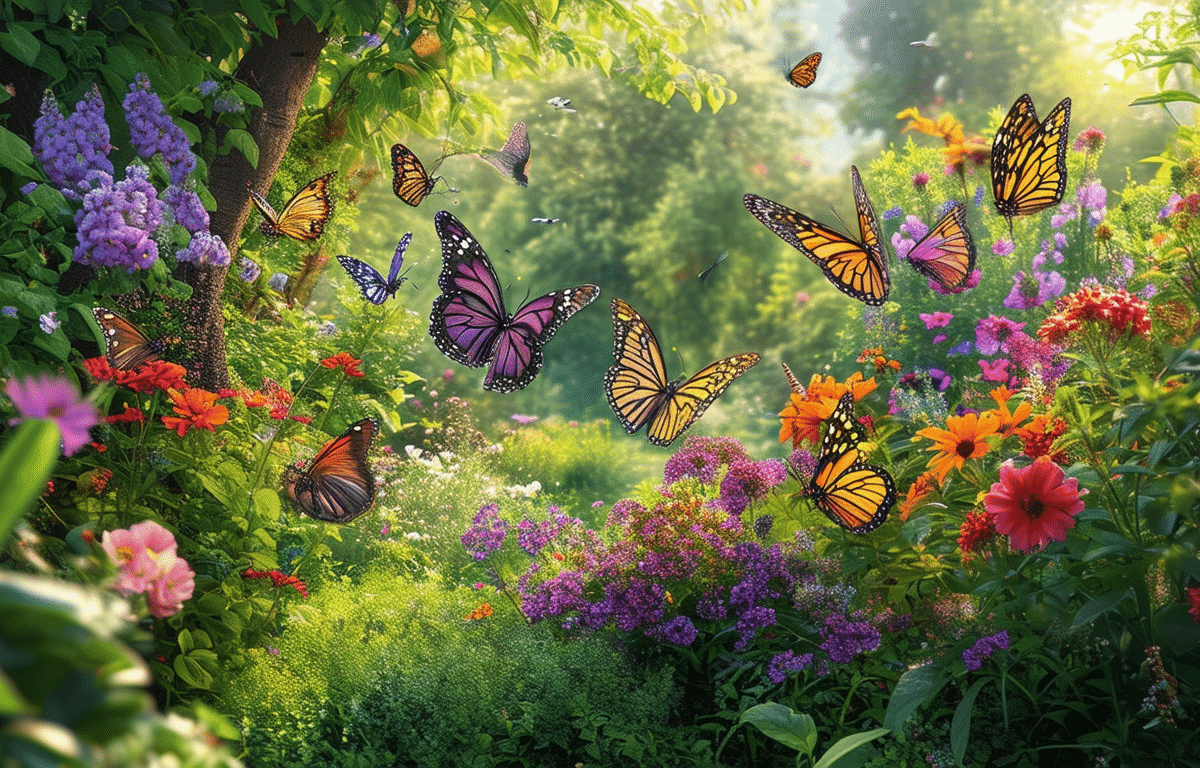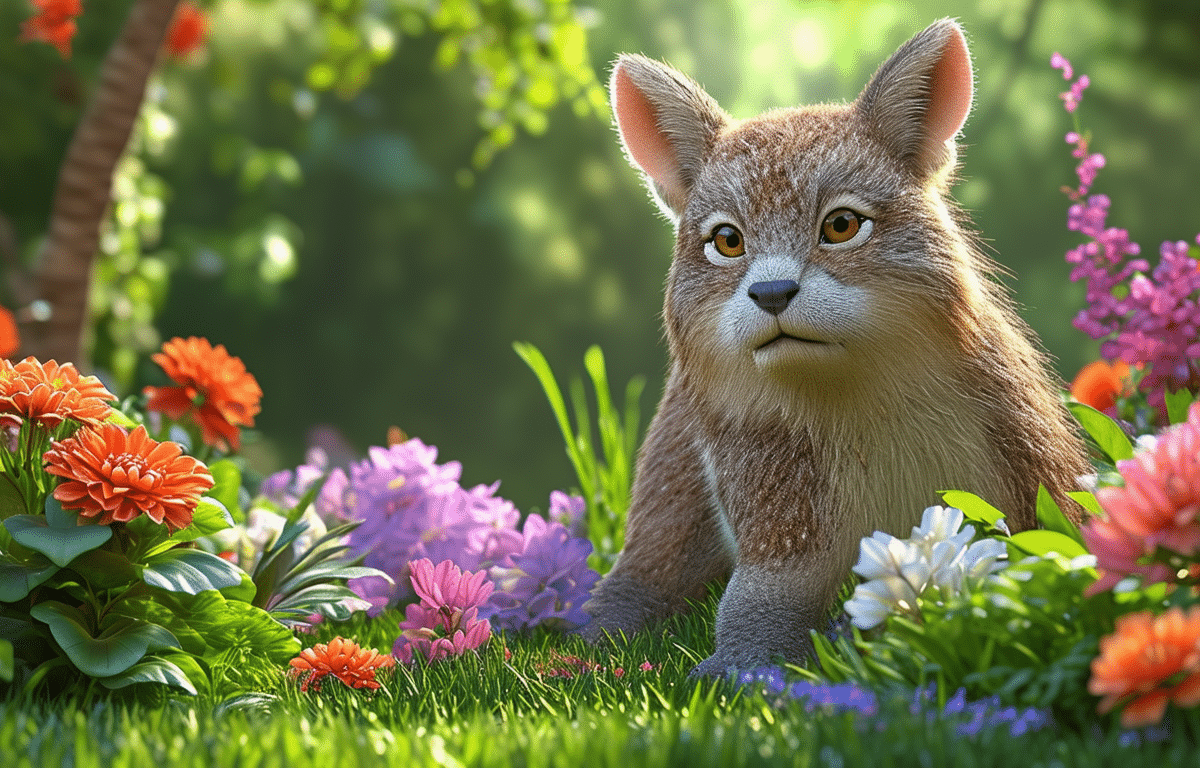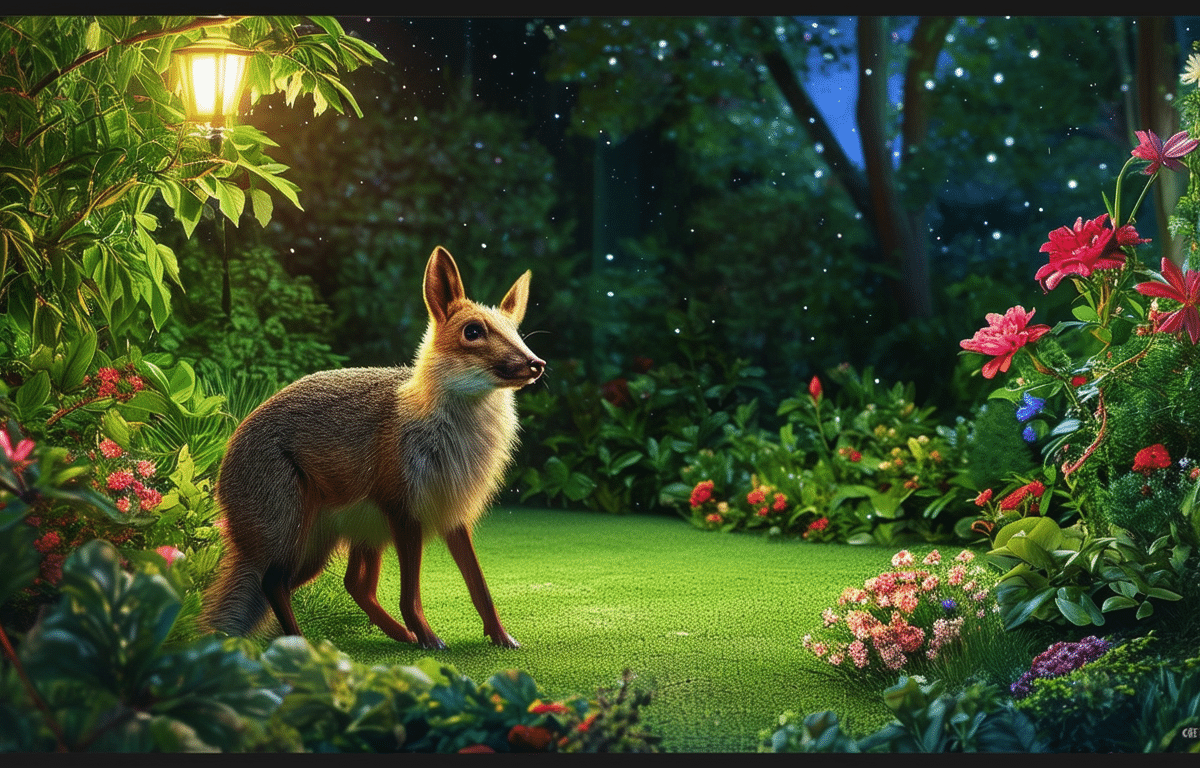Content
The serenity of observing the bustling activities of feathered visitors in a garden is a solace many seek. Ducks, with their distinctive waddling and soothing quacks, are a delight to watch. These resilient creatures navigate their world with grace, and creating a sanctuary for them bridges the gap between the wild and our own backyards. Understanding the significant components that create a welcoming environment for these birds is key to crafting a personal retreat not just for them, but for any avid admirer of avian life.
Essential Elements of Duck Habitat

Diving into the heart of a wild duck’s refuge, one must consider the various aspects that define a suitable habitat. Ducks look for specific criteria when selecting a resting or nesting site. Primary among these is the presence of water. A pond, stream, or wetland not only provides the vital need for hydration but also serves as a foraging ground full of aquatic invertebrates, plants, and small fish which are staple food sources. Yet, water features alone do not make a haven. Vegetation is equally important. Tall grasses, shrubs, and trees offer shelter from predators and are critical in nest concealment. Driftwood or floating logs can serve as snug resting spots.
Design a Duck-friendly Water Source
Designing an aquatic oasis begins with the basics: clean, accessible water. A gently sloping edge allows for ease of entry and egress, particularly important for ducklings who are not as adept at navigating steep banks. It’s also important to maintain a balance of depth—shallow areas for dabbling and deeper zones for diving ducks. Purity of water is critical. Ensuring the space is free of pollutants and contaminants will not only attract ducks but also will keep them returning. A diversity of pond plants is beneficial, such as duckweed, water lilies, and cattails, providing both nutrition and nesting materials.
Nesting Nooks and Cover
Nesting is a critical phase in a duck’s life, and providing a safe, tranquil space for this is crucial. Nest boxes, when placed strategically around the edge of water sources or within dense vegetation, mimic the ducks’ natural preference for tucked-away spaces. It’s essential to use untreated wood for these boxes to avoid chemicals that could harm the birds. Moreover, maintaining a strategic distance between each box curtails territorial disputes. Features like brush piles and tall grasses further enhance the security and privacy for these ground-nesting birds.
Incorporate diverse flora to give a layered canopy structure, providing seclusion and a ridge of protection. Here’s a bullet list of plant recommendations:
- Native grasses – for ground cover and nesting materials
- Willow and Dogwood shrubs – for intermediate cover
- Tall trees like Oaks and Maples – to offer a high canopy
Feeding Habits and Dietary Needs
Ducks are omnivorous and have versatile diets. Catering to their palate involves a mix of both naturally occurring foods and supplemental feeding where necessary. Invertebrates such as snails, worms, and small fishes found in a healthy aquatic ecosystem provide much of their needed nourishment. Plant matter such as seeds, berries, and grains contributes to a balanced diet. If supplemental feeding is considered, it should be done sparingly to encourage natural foraging behavior and to avoid dependence. Grains like oats or rice and vegetables like lettuce or peas are suitable snack options.
Seasonal Considerations
Seasonal changes bring about different needs for the ducks. During colder months, open water spaces are crucial as many natural water sources freeze over. A pond heater or aerator can create a winter haven for ducks. As spring arrives, the focus shifts to breeding and nesting. Accessibility of nesting materials and secluded spaces becomes even more critical at this time. Throughout the hot summer months, providing shade and fresh water helps the ducks cope with the heat. Observing these seasonal shifts and preparing the habitat accordingly will ensure year-round vitality.
Interacting With and Observing Wild Ducks
Observation is a respectful approach to enjoy ducks without causing undue stress or harm. The use of wildlife cameras positioned strategically around the habitat can capture fascinating behaviors without intruding on the ducks’ natural activities. It’s important not to approach too closely, especially during the breeding season when ducks are particularly vulnerable. For those who wish to closely observe their habits, patience, and stillness are virtues, allowing one to witness the rich tapestry of duck life from a respectful distance.
Duck Sanctuaries FAQ
Q: Can ducks adapt to artificial ponds?
A: Yes, ducks can adapt well to artificial ponds, provided they mimic natural conditions with a mix of shallow and deep areas, vegetation, and clean water.
Q: What should I do if ducks aren’t using the nest boxes?
A: Ensure the boxes are well-concealed and placed away from high traffic areas. Sometimes, adding soft nesting materials inside can encourage usage.
Q: Is it advisable to hand-feed ducks in my backyard?
A: Hand-feeding can lead to unnatural behavior and dependency. It’s best to let ducks forage naturally or provide food in a way that simulates their natural eating habits.
In constructing a sanctuary for wild ducks, we create a microcosm of nature’s majesty in our own backyards. Offering a harmonic blend of the necessary elements will fulfill the ducks’ fundamental requirements. Promoting ecological balance and respect for wildlife, such refuges not only benefit our feathered friends but also enrich our lives with their presence and beauty.


